The generally lighter and fresher taste of white wines comes from a vinification process different from red wines.
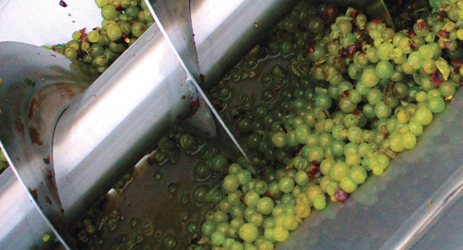
When grapes first arrive at the winery, they will be crushed to allow the juice to run out. When making white wines, grapes are pressed immediately, so that the clear juice is separated from the skins, pips and stems before fermentation. For red wines, the must and skins are kept in contact during fermentation, so as to extract tannins and colour.
In recent years, in order to extract more aromas, flavour and tannin, some wine makers may choose to leave the juice in contact with the skins for a very short period (up to 48 hours) before pressing.
The free-run juice and the pressed juice are then pumped to fermentation vats or casks. White wine fermentation takes place at between 12℃ -22℃, or even as low as 9 ℃, while red wines are fermented at about 20℃ and sometimes can go up as high as 32℃. This way richer flavour and aromas can be extracted without losing freshness, producing wines with lighter body and lower tannins.
All rights reserved by Future plc. No part of this publication may be reproduced, distributed or transmitted in any form or by any means without the prior written permission of Decanter.
Only Official Media Partners (see About us) of DecanterChina.com may republish part of the content from the site without prior permission under strict Terms & Conditions. Contact china@decanter.com to learn about how to become an Official Media Partner of DecanterChina.com.

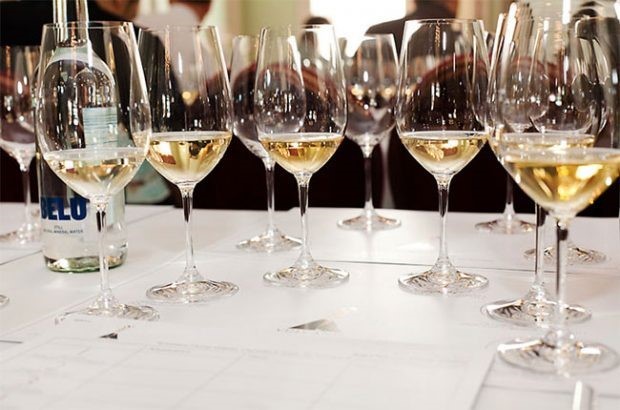

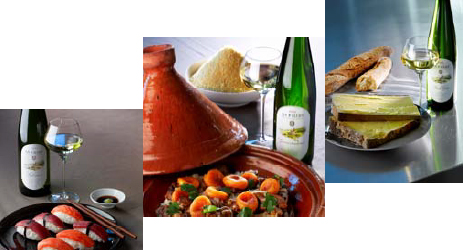
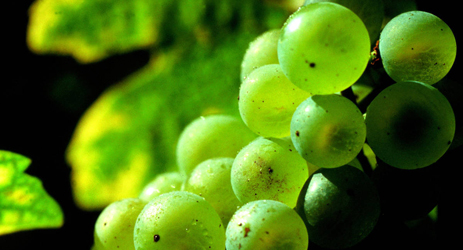

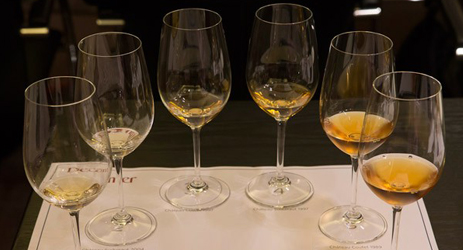
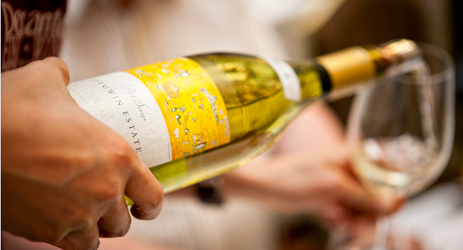
Comments
Submit